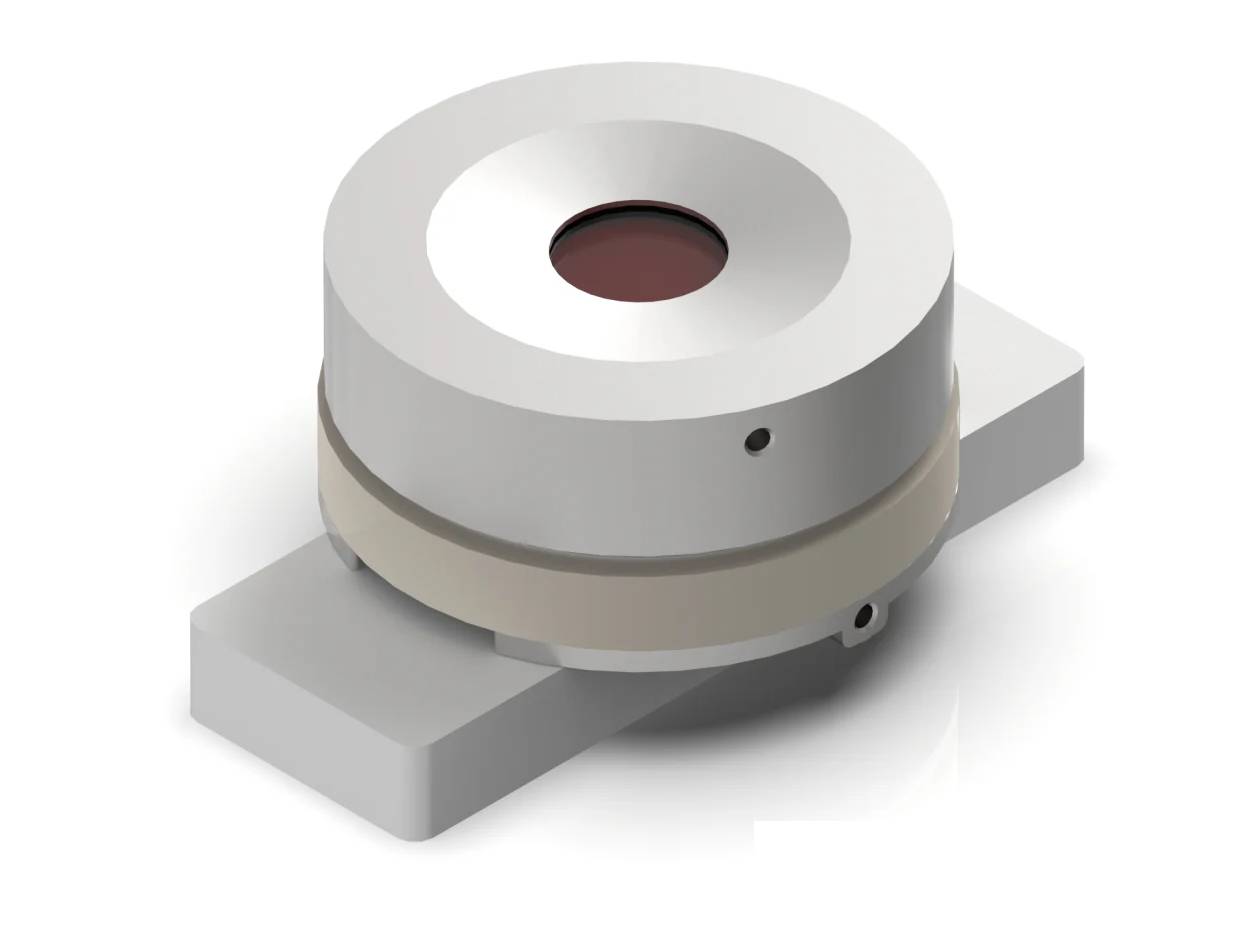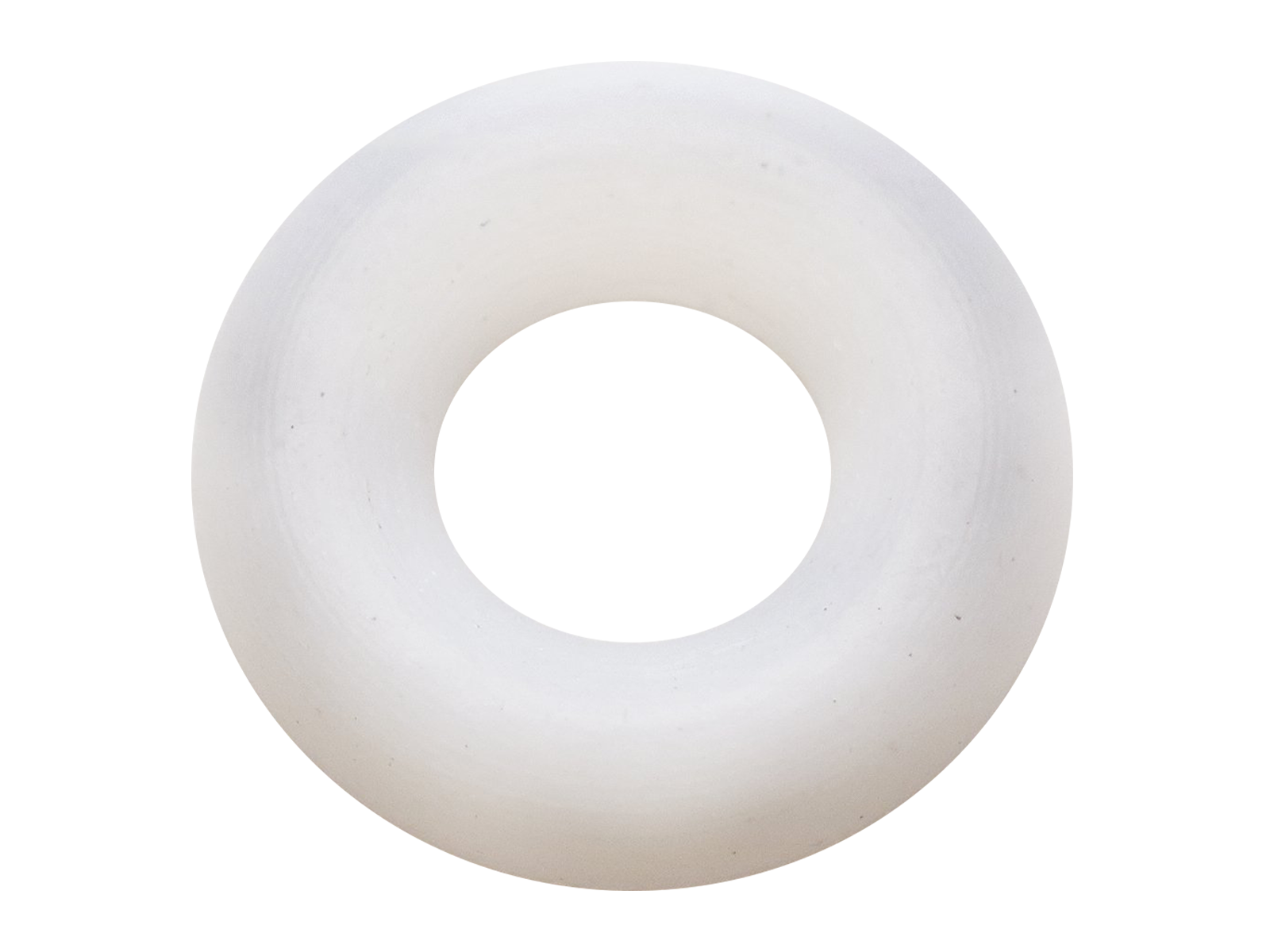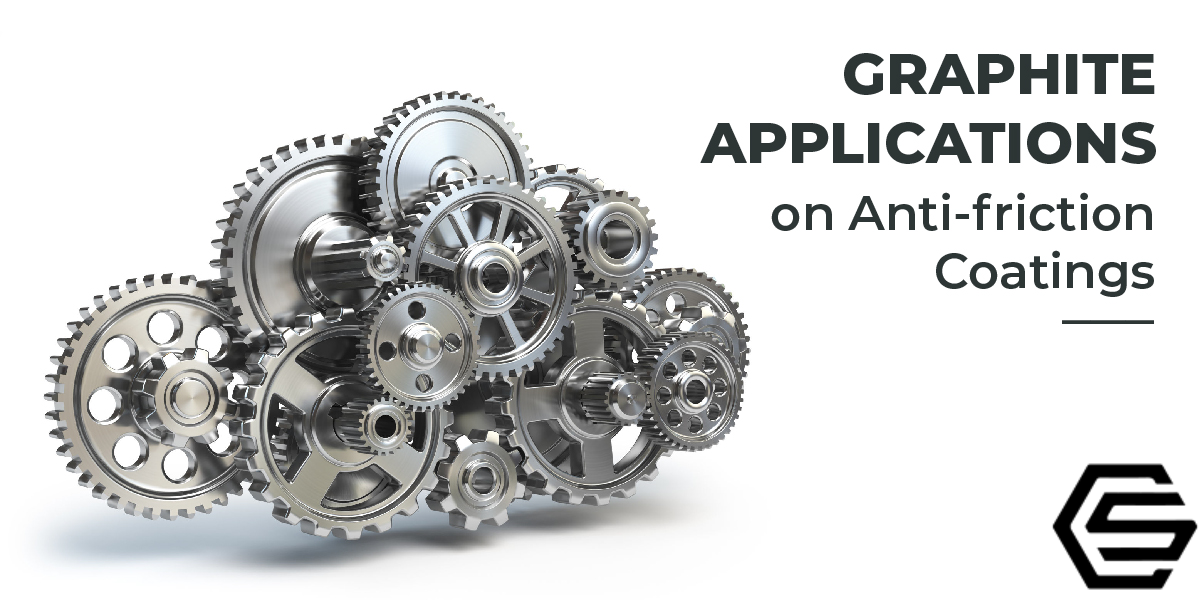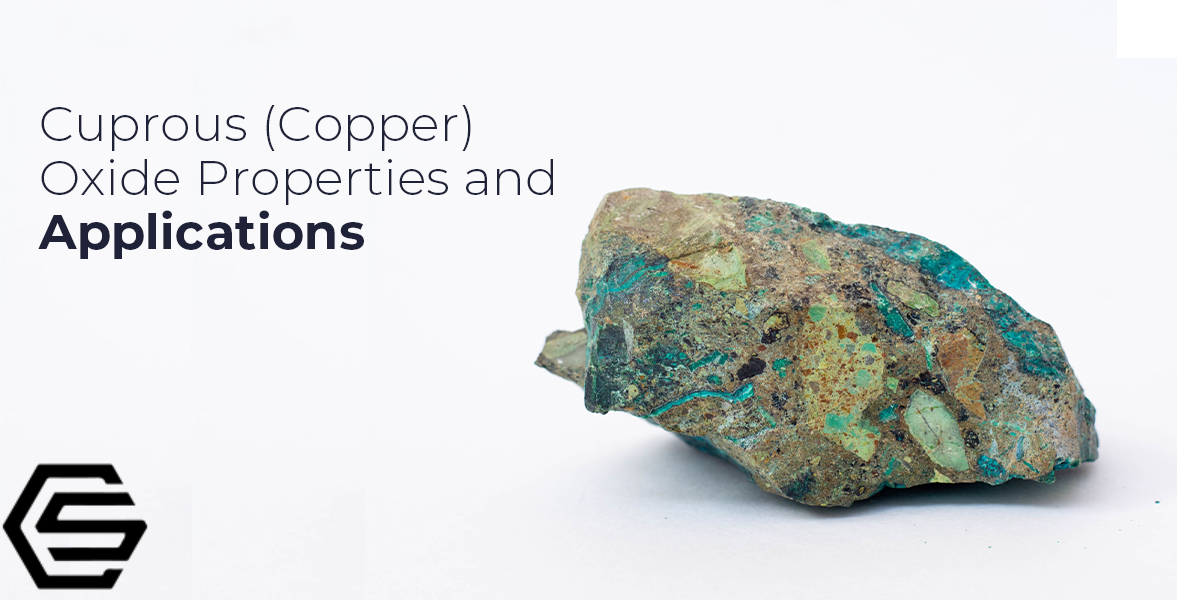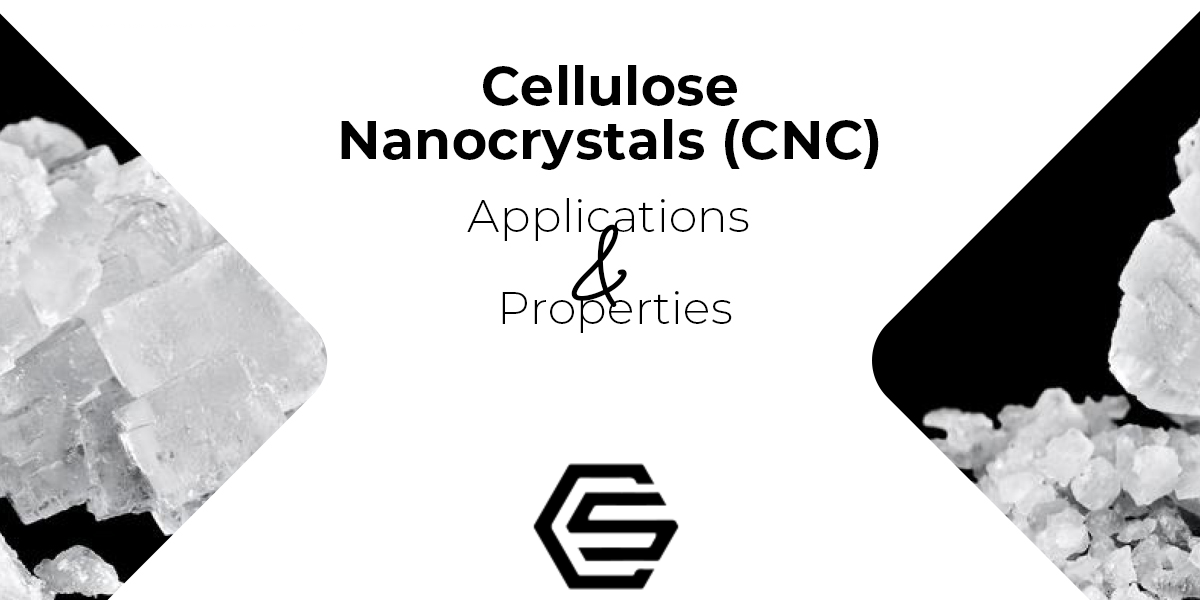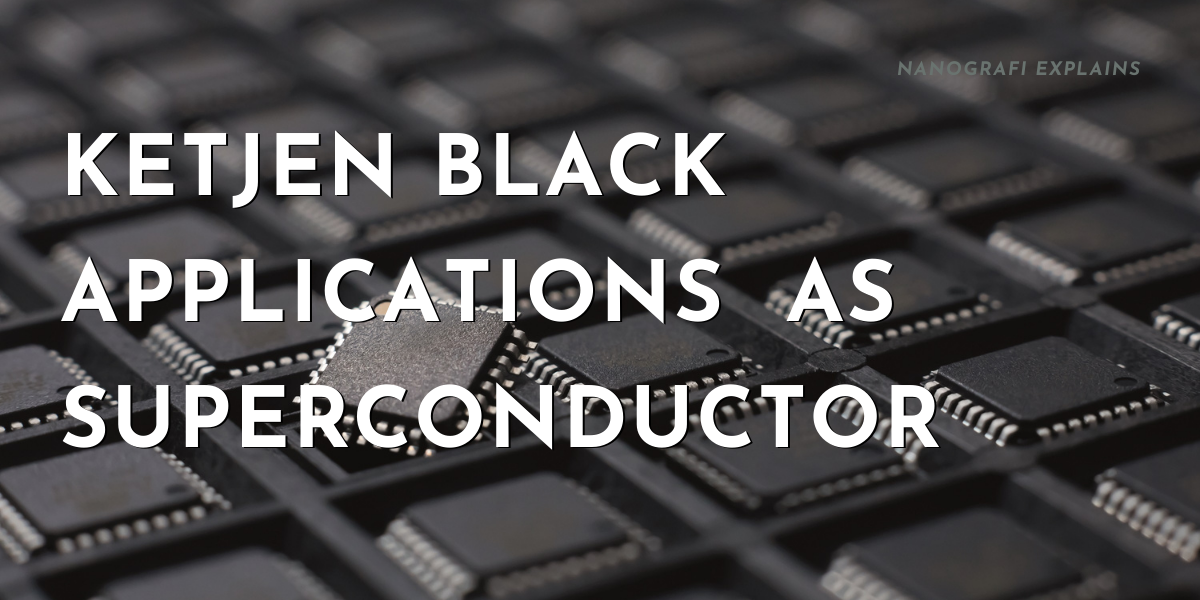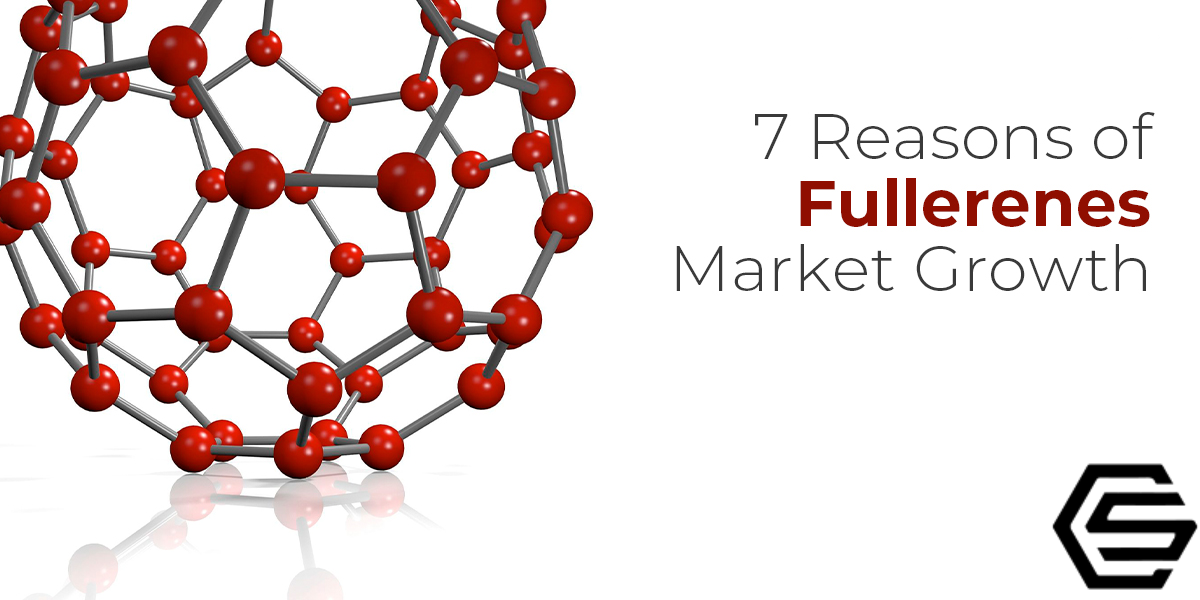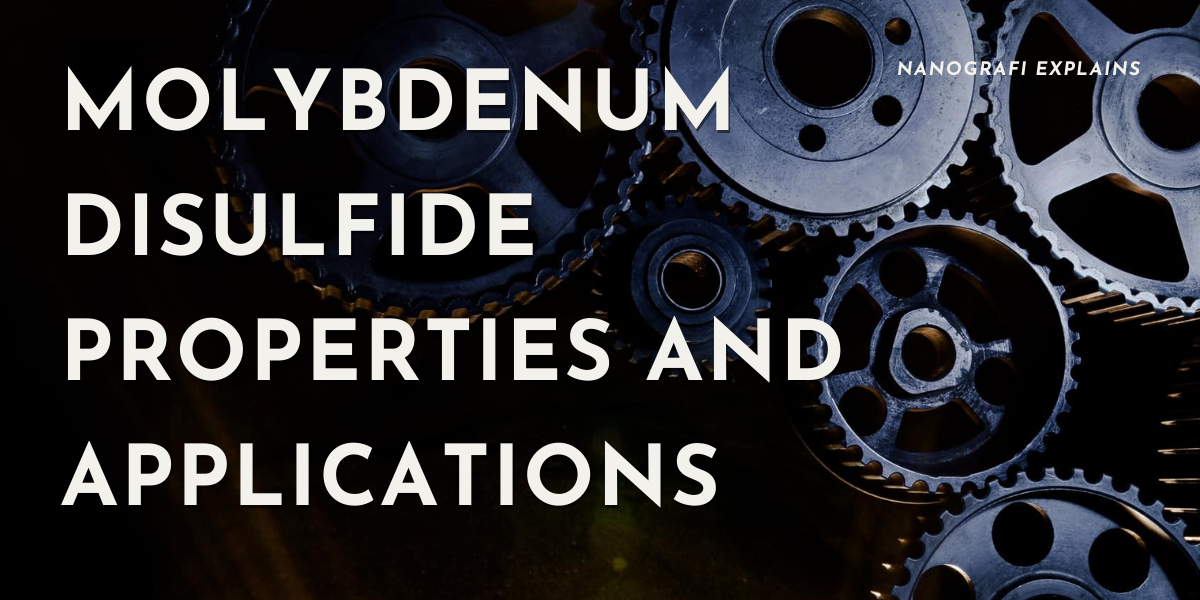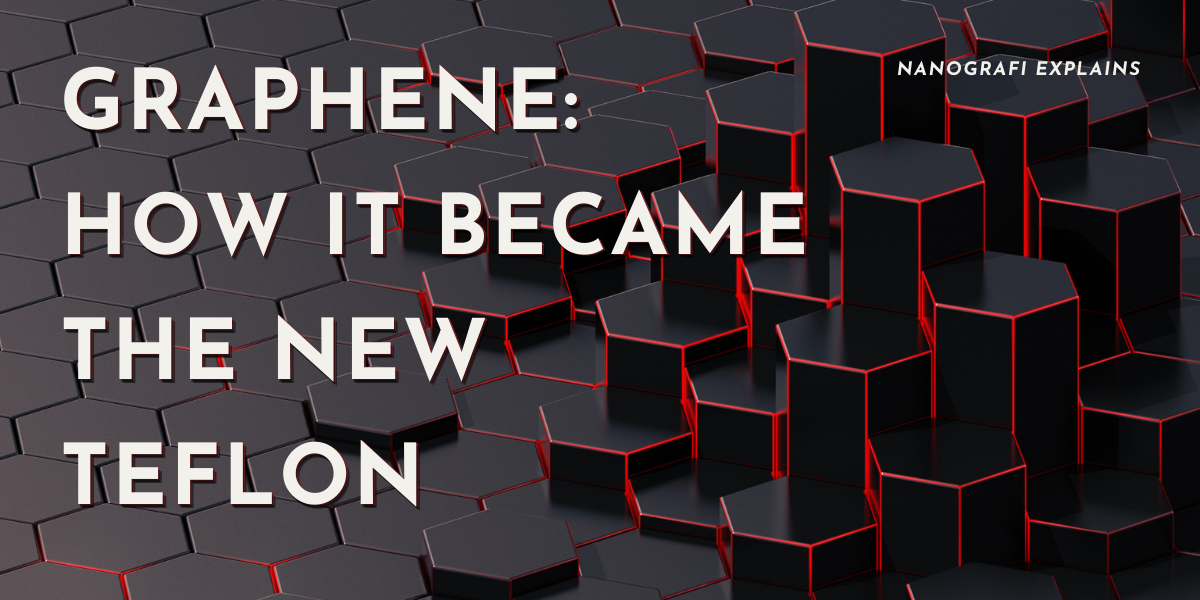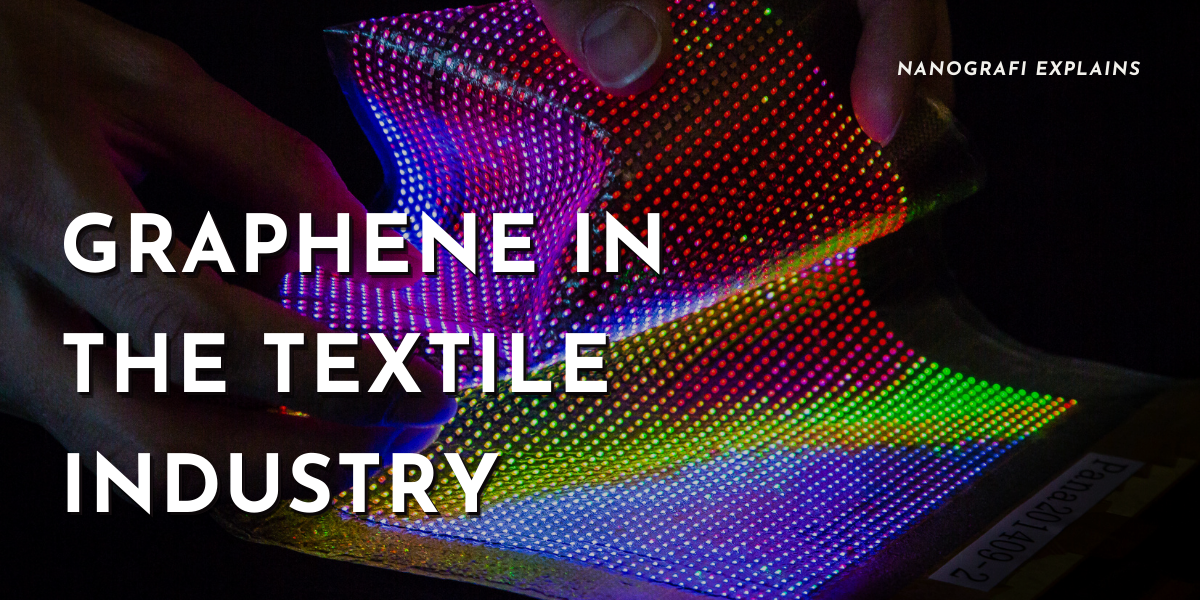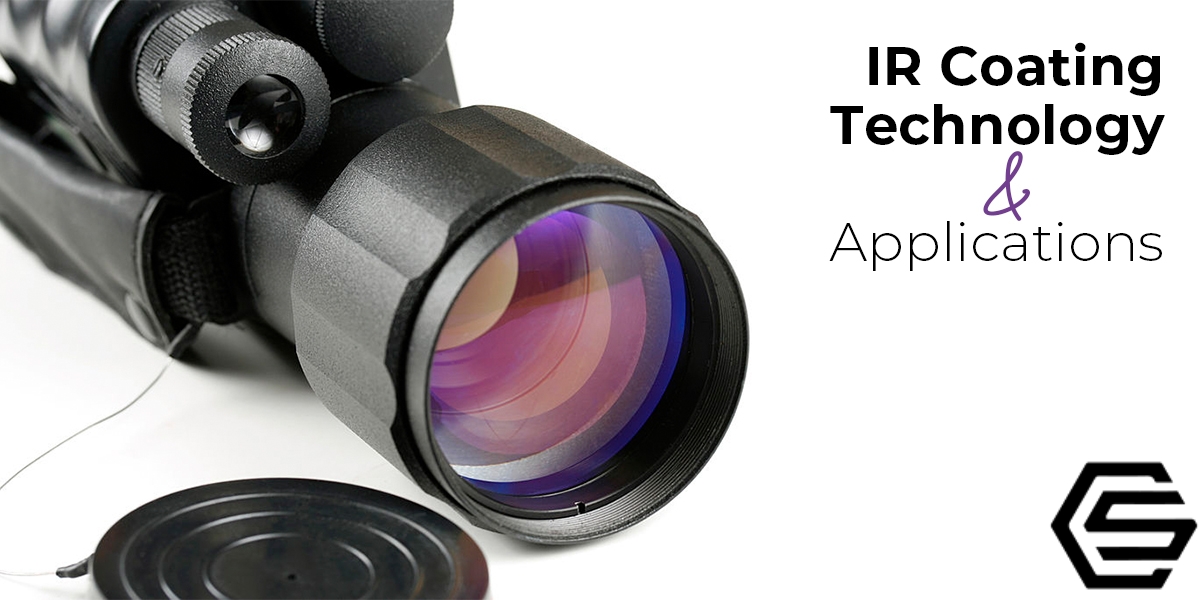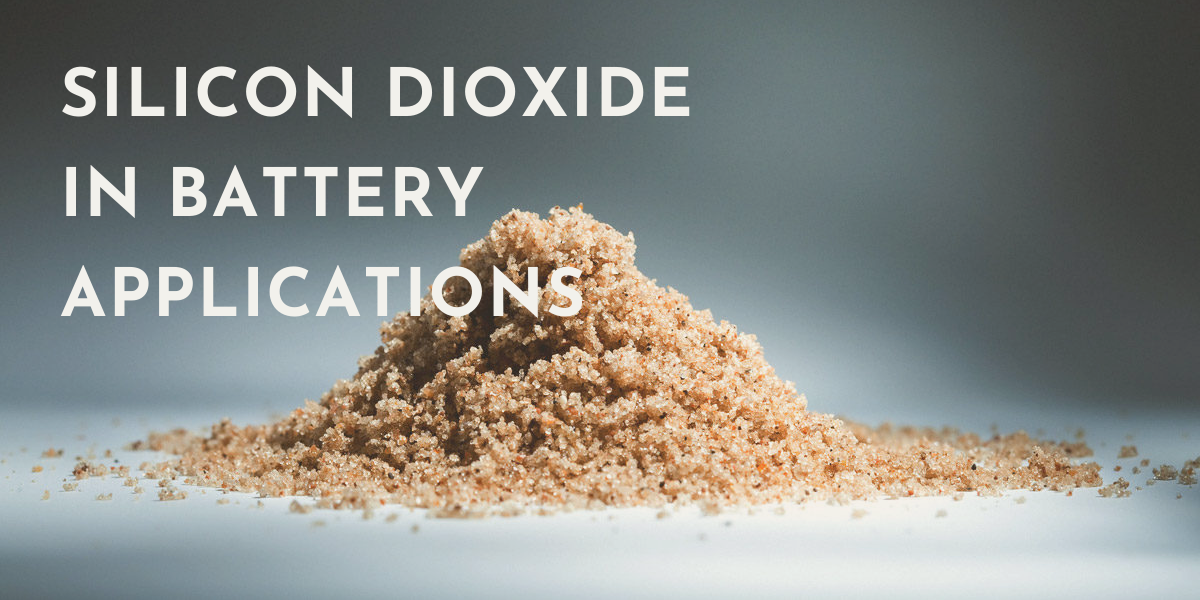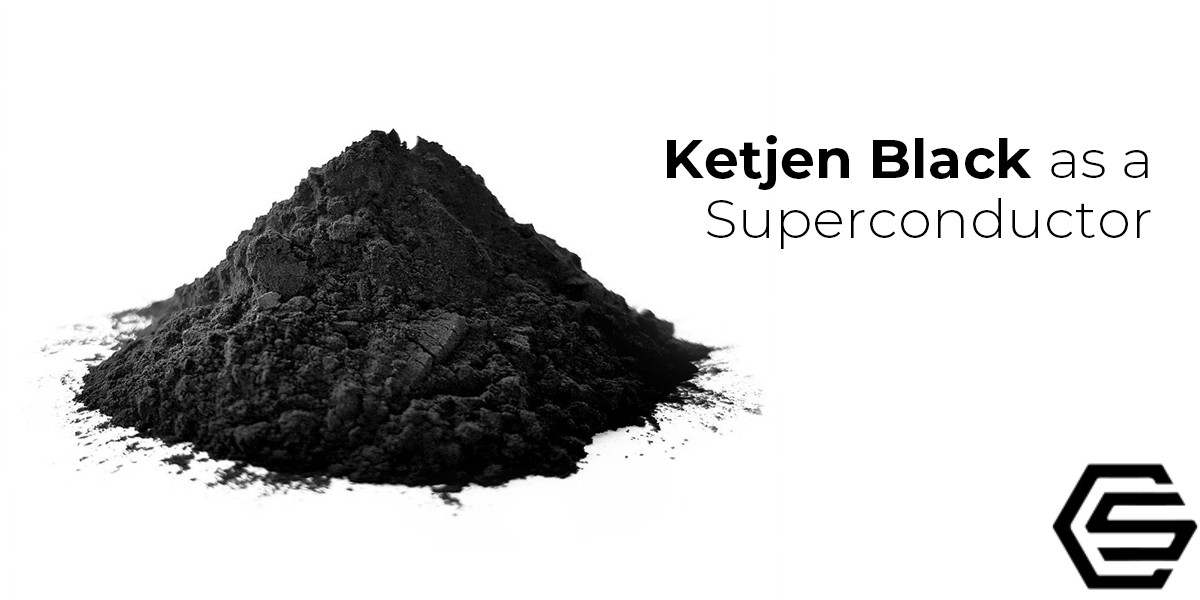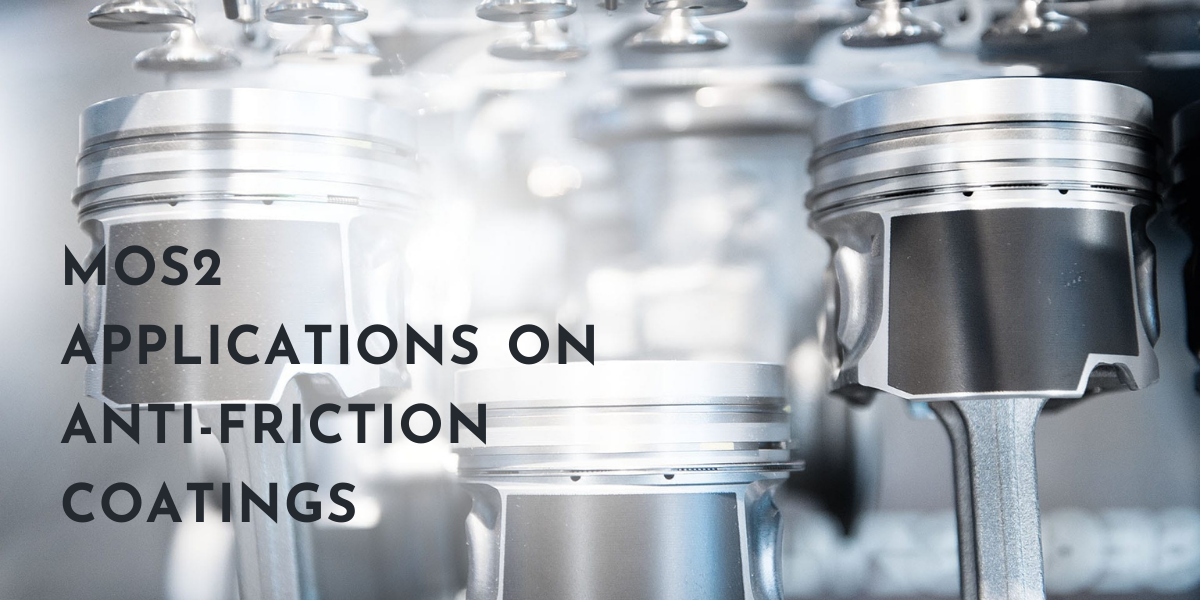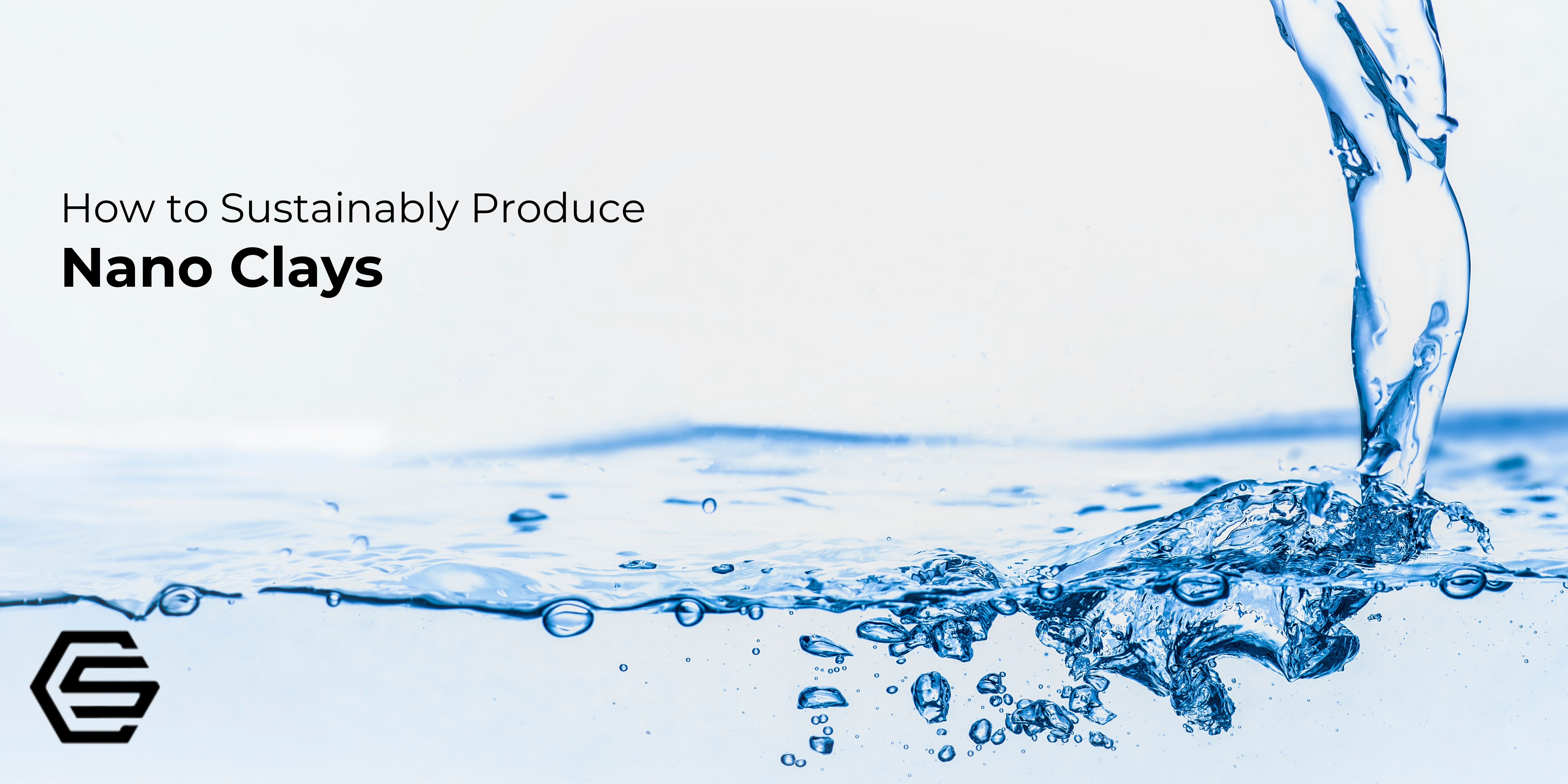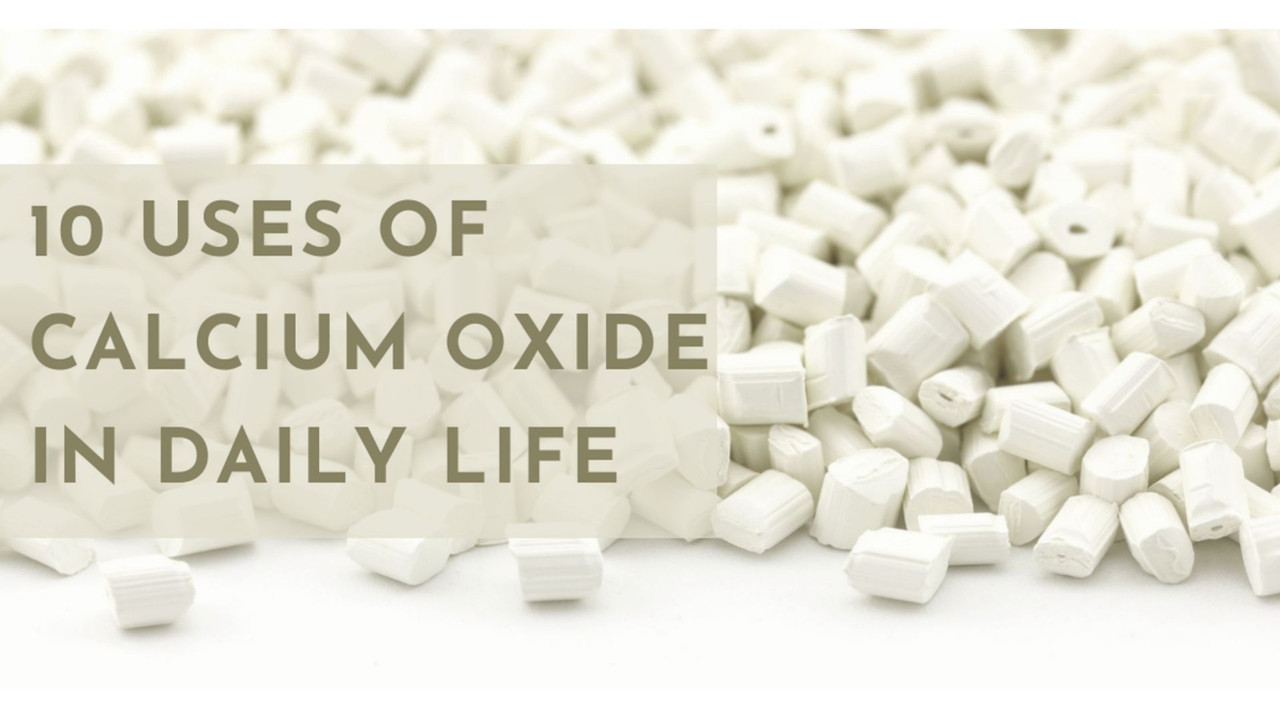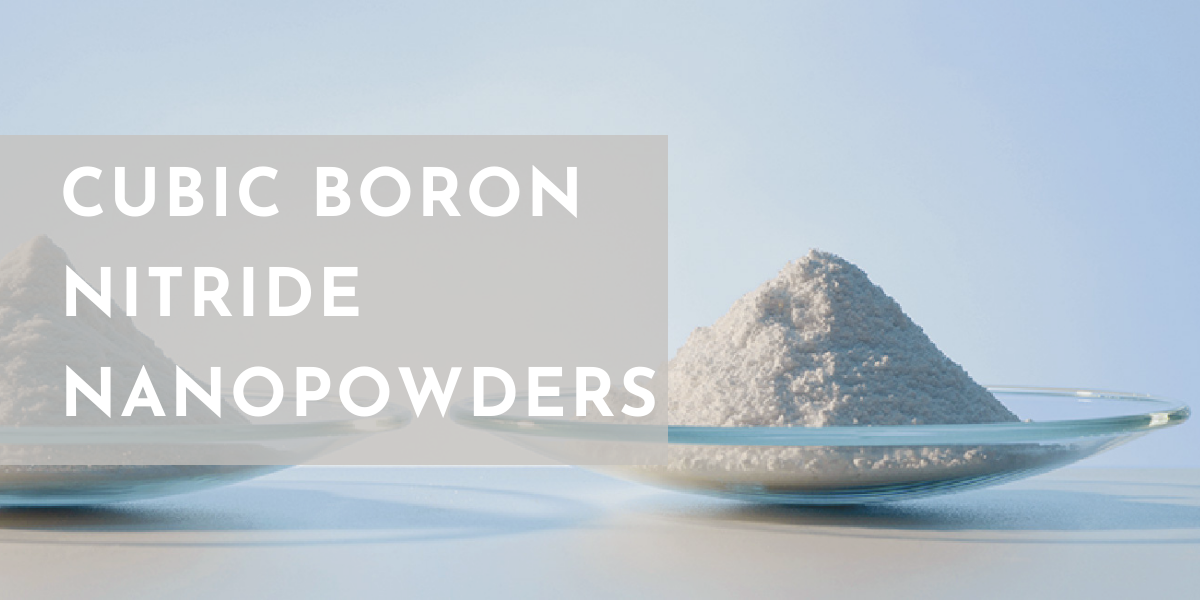Raman Three-Electrode Battery Cell – Compression Controlled
Buy Redox.me products from NANOSSR at the best value.
This Three-Electrode Battery Cell for Raman spectroscopy is a high-quality, gas-tight assembly designed for the most discerning of researchers. It combines the ability to perform high-quality reproducible electrochemical measurements of battery and supercapacitor materials with in situ Raman spectroscopy characterization. The main features of the cell are: (i) three-electrode setup, (ii) adjustable compression force with high accuracy, (iii) gas-tight construction, (iv) large viewing area (14 mm dia.) (v) very easy assembly, and (vi) low profile – total height
The body of the cell encloses an advanced mechanism for compression control, with the same characteristics, as in Three Electrode Battery Test Cell. Thus, the setup conditions of in situ measurements can be directly reflected in standard long-term cycling experiments. The force applied to the electrodes can reach up to 90N and is adjusted with the micrometer control knob. The maximum achievable pressure is as high as 500 kPa. On top of the mechanism, there is Stainless Steel (316L) plunger for 15 mm diameter electrodes. On the side, the reference electrode can be mounted with easy-to-handle soft metal (Li, Na, etc.) puncher. At the top of the cell, the replaceable Sapphire window is securely mounted, having a large viewing area of 14 mm dia. The incorporation of this battery test cell into your experiment ensures the highest degree of accuracy and reliability.
The cell is designed for 15 mm dia. planar electrodes, where the total sandwich thickness is 2.5 mm. The diameter of the separator shall be 20 mm diameter to cover the reference electrode hole. The electrode plungers are available in various materials: 316L Stainless Steel (default), copper, aluminum, nickel, etc. The screw-on lid with a window facilitates rapid assembly of the cell in the glove box. For 2-electrode measurements, the reference electrode feedthrough hole can be closed with the reference electrode punch.
The cell elements are constructed with materials that are inert to the sample (Stainless steel and PEEK). It well fits aqueous (FKM O-Rings) and organic solvent (FFKM O-Rings) electrolyte requirements. Good electrical contact is ensured by gold-plated pins. The construction is gas-tight and can be effortlessly assembled in the glove box, reducing possible human error to a minimum.
Application note:
This cell can be used to track processes on the electrode surface such as the near-surface proton concentration changes during oxidation and reduction reactions, SEI layer formation and composition, electrolyte degradation, and parasitic reactions. It can be also used to identify materials such as carbon, metal oxides, polymers, and electrolytes, and to determine their structure and distribution. This cell can be used with all common battery materials, both aqueous and aprotic. Additionally, the properties and performance of supercapacitor materials can be investigated. Various materials can be examined, including typical Li-ion electrodes (graphite, NMC, LTO, etc.) and other chemistries – sodium, magnesium, potassium, etc. Owing to the micrometer control knob, the relationship between the initial pressure applied to the cell and the electrode-electrolyte interface reactions can be studied.

Specification:
Recommended electrode diameter: 15 mm (or smaller)
Recommended separator diameter: 20 mm
Maximum electrode sandwich thickness: 2.5 mm
Sapphire window dimensions: 25 mm dia. x 1 mm
Aperture: 14 mm dia.
Spring rate: 10.86 N/mm
Maximum spring load: 90 N
Operating temperature: -40°C – 80°C (default)
Connection: 2 mm banana plugs (set of cables included)
Total height: 32.5 mm
Product Includes:
1 x cell body
1 x compression control unit
1 x reference electrode punch or Ag/AgCl reference microelectrode
1 x electrode plunger (Stainless Steel 317L)
1 x window mount (14 mm dia. aperture)
1 x Sapphire window
1 x cell stand for microscope table (76 mm x 26 mm, ISO 8037-1)
1 x set of O-Rings
1 x set of 3 cables (2 x 2 mm dia. and 1 x 1 mm dia. to 2 mm dia.)
Setup Includes
Raman Three-Electrode Battery Cell - Compression Controlled


